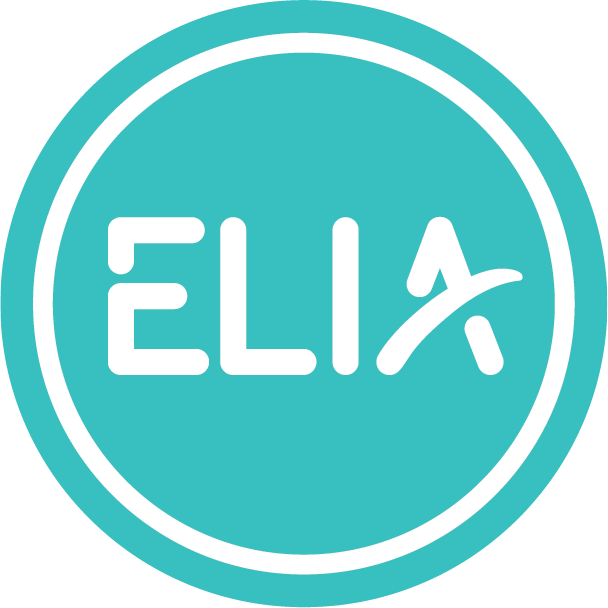
What are the benefits of physical activity?
Wellness Factsheet
Physical activity or exercise can have immediate and long-term health benefits! A minimum of 30 minutes activity per day can improve your quality of life and reduce the risk of developing diseases like type 2 diabetes, cancer and cardiovascular disease.
Did you know?
56% of Australian adults in 2014 and 2015 were not physically active enough (AIHW 2018).
- Activity levels were even lower for people living in lower socioeconomic areas.
- 76% of adults aged 18–64 did not do muscle strengthening activities on at least 2 days per week.
The Facts
The benefits of regular physical activity include: reduced risk of a heart attack; better weight management; lower blood cholesterol level; lower risk of type 2diabetesand some cancers; lower blood pressure; stronger bones, muscles and joints and lower risk of developing osteoporosis; lower risk of falls; better recovery from periods of hospitalisation or bed rest; and feeling better – with more energy, a better mood, more relaxed and better sleep (DHHS 2018).
Exercise may help people with depression (DHHS 2018).
Doing 2.5 hours of moderate physical activity per week (walking, cycling, jogging, swimming) can reduce mortality risk by about 19% (Woodcock et al. 2011).
Aerobic exercise (where you huff and puff) releases brain proteins, which protect existing brain cells and encourage development of new ones (Colcombe et al. 2006).
- In a large study that followed 20,000 individuals for almost 40 years, those who were least fit had twice the risk of developing dementia than those who were physically fit (DeFina et al. 2013).
- Resistance training can also improvecognitivefunction (Fiatarone-Singh et al. 2015).
- The size and strength of your leg muscles may even directly predict the size of your brain (Best et al. 2015; Steves et al. 2016)!
High Intensity Interval Training (HIIT) involves various cycles of exercising at 80-90% of maximum heart rate following by recovery periods.
- HIIT increases aerobic fitness, improves insulin sensitivity, decreases appetite, builds more metabolically active muscle and decreases more body fat faster than continuous exercise such as walking, cycling or swimming at a constant pace (Trapp et al. 2008, Duceh & Morio 2012, Heydari et al. 2012, Sim 2014, Kong et al. 2016, Smith-Ryan et al. 2016, Naves et al. 2018, Viana et al. 2019).
- It is also safe and even advised in patients with coronary heart disease and chronic heart failure (O’Connor et al. 2009, Meyer et al. 2013).
What can we do about it
Aim to be active on most, preferably all, days every week (AIHW 2018).
Each week, adults aged 18-64 years should aim to accumulate either:
- 150 to 300 minutes (2½ to 5 hours) of moderate intensity physical activity,
- 75 to 150 minutes (1 ¼ to 2 ½ hours) of vigorous intensity physical activity, or
- an equivalent combination of both moderate and vigorous activities.
- Muscle strengthening activities should also be done on at least 2 days each week.
The Physical Activity Recommendations for Older Australians (65 years and older) recommend that older people should be active every day in as many ways as possible, doing a range of physical activities that incorporate fitness, strength, balance and flexibility. They should accumulate at least 30 minutes of moderate intensity physical activity on most, preferably all, days.
Consider doing high intensity interval training. There is no agreed type of activity that works best or optimal ratio of high intensity activity to rest periods. Do what works best for you – sprinting, cycling, swimming – e.g. at 8 seconds burst/12 seconds rest; 15 seconds burst/1 minute rest; 30 seconds burst/30 seconds rest, 30 seconds burst/1 minute rest, 30 seconds burst/4 minutes rest; or 1 minute burst/4 minutes rest. The rest periods can be at a dawdle or complete rest.
Aim for minimum of 30 minutes of activity per day.
Factsheet Contributors
Next Steps...
 Course
Course
ELIA Kitchen
ELIA Kitchen takes the guesswork out of making healthy meal choices by showcasing tasty dishes curated by our resident nutritionist.
Learn more Plan
Plan
10,000 Steps Challenge
Walking is free! No gym membership required, and you can do it alone, or with friends. Walking has so many benefits with heart and lung health improvement, balance improvement, bone strengthening, body fat reduction and reduction of risk in having stroke and heart disease.How much should I walk...
Learn more
